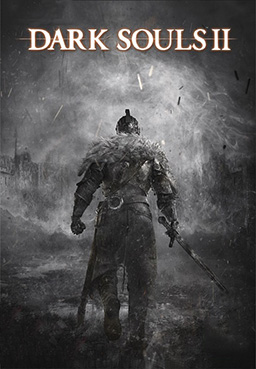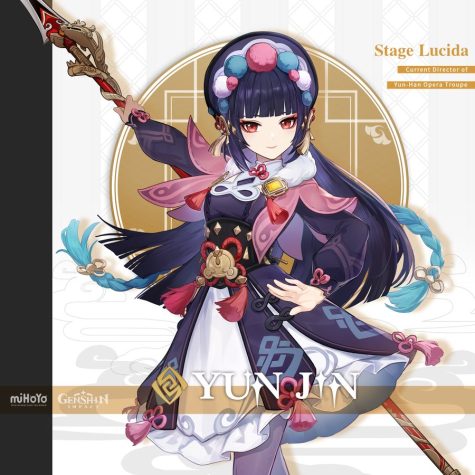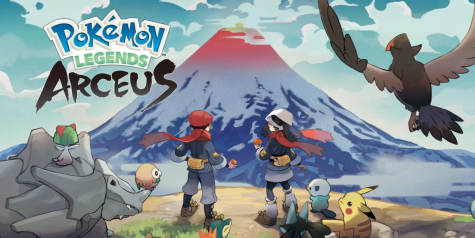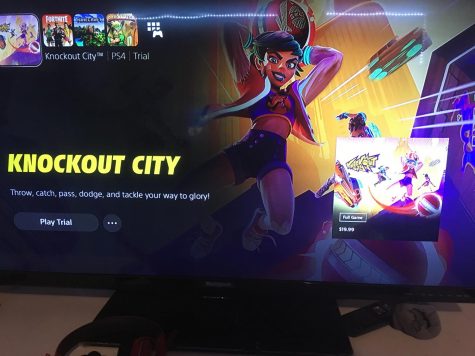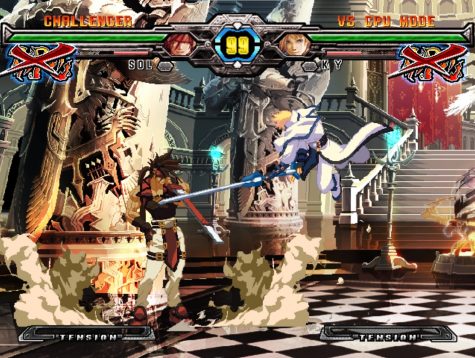Dark Souls II is Pleasantly Painful
Few games can match the legendary difficulty of the Dark Souls game series, and the next installment in the blockbuster series, Dark Souls II, is no exception. From the moment the game begins, players are thrust into a brutal and unforgiving adventure, armed only with a sword and their wits. Dark Souls II matches the high quality of its predecessors and stands as a hallmark game of this generation, but be warned: this is not a game for the faint of heart.
The gameplay of Dark Souls II remains, at its core, essentially the same as previous iterations: gameplay involves exploration of the world and combat against the worlds’ inhabitants. Players can control their in-game avatars in a variety of ways: the avatar can run and sprint in three dimensions and, during combat, the player can choose between faster weak attacks and slower heavy attacks, with blocks and dodges to avoid damage from enemies.
Defeating enemies usually relies on the player understanding and working around enemy attack patterns while timing their own attacks and, more often than not, this process involves dying. Constant trial and error by the player is the only way to proceed past the intelligently built and positioned A.I. enemies; the game rewards patience and perseverance while punishing haste. To some, this style of gameplay may seem off-putting and monotonous, but patient players can find true satisfaction from overcoming obstacles that once plagued your path.
Progression in Dark Souls II requires a copious amount of care in order to asses which path is the best to take. The game rewards smart thinking and planning as area are designed to be easier when approached with caution. The game’s environment is also chock full of traps and obstacles that impede the player.
From pitfalls to sudden fires, many of the obstacles require diligence and patience to pass through. The areas are diverse and lively, constantly adding something aesthetically new. The game’s central hub, Majula, is a quiet town where the player can buy armor and items as well as increase their stats. The peace and quiet seen in Majula is rarely seen outside the central town, as other areas contain non stop barrages that keep the player constantly on edge.
Other areas include large forests, elaborate castles filled with knights and ravenous animals, underground caves, seemingly abandoned towns and dark voids with little rhyme or reason. All of these areas flesh out the world of Dark Souls II, but their positioning leaves something to be desired.
The original Dark Souls held a large expansive world that was also interconnected, holding alternate routes later in the game that connected to earlier areas. Dark Souls II, however, holds a much more linear path system, where most of the areas reach a dead end upon completion and require the player to go back to earlier areas and take alternate paths. Thankfully, the checkpoints in the game allow instant access to earlier areas, allowing the player to backtrack with ease. While it doesn’t necessarily detract from the experience, the lack of an interconnected world is one of the few ways in which the sequel does not live up to the original.
One of the other major gripes that many people have with the game is its graphics. The engine and graphical textures are reused from the original game with minor changes to environmental interaction. One key addition to the graphics system is the detailed shadows and accuracy of lighting.
Buildings, enemies and even the player’s avatar have constantly changing shadows, and the accuracy of these shadows is spot-on. All of the areas in the game integrate a form of bright light into the area, allowing the new detailed system to be shown off. Aside from the lighting, however, there are not many other areas where the graphics are improved. In fact, one might argue that due to the expanded world of the game, the graphical textures are actually worse than those of its predecessor.
Some of the enemies look pixelated and muddy, and this is especially noticeable against the bosses, who often stand three times as tall as the player. It is here where the game’s expansive world begins to take its toll, as the game runs on the PS3 and Xbox 360, which are last generation consoles. Thankfully, From Software has assured that patches are to come soon in order to amend the game’s textures and graphics.
One of the best parts of the previous games was the inclusion of multiple bosses between each area, and progression required that the player bested these colossal enemies. The bosses in Darks Souls II live up to their predecessors, having intricate designs and elaborate arenas to fight in. Some bosses stand at twice or three times the size of the player and require constantly pacing around the arena to avoid damage. The truly deadly bosses, however, are those who are the same size as that of the player.
These bosses have nimble movement and constantly keep the player on edge, who must anticipate and predict the behaviors of the bosses. The bosses are the most memorable part of the game, for better or for worse. In order to defeat these bosses, the player is required to learn the attack patterns of the enemy and find the best strategy around them, and this becomes a process of death and repetition. In fact, the bosses are the main source of death in the game, as the player is required to consistently anticipate and counter attack to their moves, with one mistake meaning near certain death. Some bosses even include multiple enemies at once, which requires that the player also multitask and keep in mind all aspects of the boss.
Dark Souls II is a very high quality game with much to offer. Its intricate combat system and tight controls go hand in hand for a very smooth interface. Consistently difficult enemies and areas require patience and practice in order to master, meaning that this game is not for those looking for a game to breeze through. The dedication and commitment required by the game make the payoff of completing the game much more enjoyable. Although there are some issues with the graphics and the game lacks a truly intertwined world, none of these flaws detract from the experience. If you’re looking for game that requires consistent effort to beat, then Dark Souls II is for you.



